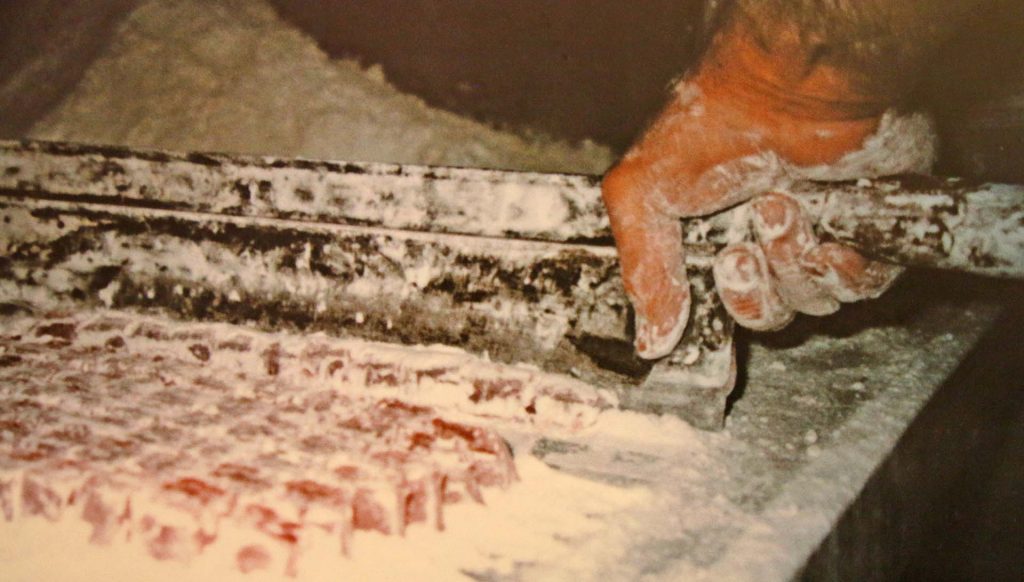Thracian cuisine is one of the most distinctive and authentic culinary traditions in Greece. Shaped by the harsh climate, the region’s rich natural landscape, and its multicultural history, the food of Thrace reflects centuries of tradition, resilience, and creativity.
Packed with local products, preserved foods, and recipes passed down through generations, Thracian gastronomy remains a treasure of northeastern Greece.
What Makes Thracian Cuisine Unique?
1. A Diet Adapted to the Climate of Thrace
Thrace experiences long, heavy winters with intense snowstorms and low temperatures. This harsh climate deeply influenced everyday life and eating habits.
Traditional Thracian homes were built with extensive cellars, which were essential for storing food and supplies that would last throughout the winter.
These cellars contained:
- Touloumotiri cheese (aged in animal skins)
- Traditional Thracian sausages
- Pork lard preserved in clay pots (tsoukalia)
- Petimezi (grape molasses)
- Niseste for traditional desserts
- Trahana and giofkades for soups and meals
- Dried fruits, wheat, and flour
- Yoghurt, salted fish, retseli (fruit preserve)
- Fresh butter, syrupy almond and walnut sweets
- Soutzouki, an Eastern-style spiced sausage
This impressive variety of preserved foods ensured survival during the long winter months and forms the backbone of traditional Thracian food culture.
2. Rich Agricultural Production and Local Thracian Products
Thrace’s diverse terrain—plains, mountains, forests, rivers—creates ideal conditions for agricultural production and livestock breeding. Thracian cuisine is closely tied to these local ingredients, making it a genuine “farm-to-table” tradition long before the term was coined.
Local Products of Thrace
- Thracian sesame is used in breads, pastries, and halva
- Aromatic honey (thyme, flower, pine)
- Legumes such as chickpeas, beans, and lentils
- High-quality mutton, goat, and sheep meat
- Sheep and goat dairy: yoghurt, butter, kaseri, batzos, touloumotiri
- Bulgur and wheat are essential staples
- Wild greens and herbs, for pies and soups
These ingredients give Thracian gastronomy its nutritional richness and unmistakable flavour.
3. A Multicultural Cuisine Influenced by Centuries of History
For centuries, Thrace has been a meeting point of civilisations—Greeks, Slavs, Armenians, Ottomans, refugees from Asia Minor and Eastern Thrace, and many other communities.
This multicultural mosaic shaped a cuisine that blends:
- Balkan preservation techniques
- Eastern spices (cumin, paprika, allspice, cinnamon)
- Local Greek agricultural traditions
The result is a cosmopolitan yet deeply traditional cuisine, rich in aromas and culinary heritage.
Traditional Thracian Dishes You Must Try
1. Thracian Kavourmas
A famous Thracian delicacy: slow-cooked meat (usually mutton or pork) preserved in its own fat. A staple of winter meals and an iconic symbol of the region.
2. Bulgur Pilaf
Made with local bulgur, vegetables, and sometimes mutton. Nutritious, hearty, and one of the most characteristic dishes of Thrace.
3. Sour Trahanas
A traditional soup made from sheep’s milk and flour, dried for winter. Comforting, aromatic, and full of Thracian history.
4. Thracian Pies
- Kichi / tsirichti: thin, crispy fried pie
- Nettle pie with local cheeses
- Batiropita, a crustless dairy-based pie
5. Thracian Desserts
- Sarigli with honey and walnuts
- Sesame halva (salmás)
- Gioulbahar, a syrupy pastry
- Retseli, a fruit sweet with a jam-like texture
These desserts showcase Thrace’s mastery in combining local ingredients, including sesame, honey, nuts, and natural syrups.
Thracian Cuisine Today
Modern Thrace continues to embrace its culinary identity. Local producers, traditional bakeries, family farms, and small dairies keep ancient recipes alive.
Food festivals and gastronomy routes promote Thracian food, regional specialities, and the unique flavours of northeastern Greece.
Thracian cuisine is more than a culinary tradition—
It is a living cultural heritage shaped by climate, land, and people.
Protected Designation of Origin (PDO) and Protected Geographical Indication (PGI) products:
| Product | Designation of Origin and Geographical indication | Prefecture |
| Olive oil | Thasos (PGI) | Thasos |
| Olives | Throumba Tasos (PGI) | Thasos |
| Cheese | Feta (PDO) | Xanthi, Rodopi, Evros |
| Cheese | Kaseri (PDO) | Xanthi, Rodopi, Evros |
| Wine | Avdira (PGI) | Xanthi |
| Wine | Evros (PGI) | Evros |
| Wine | Thrace (PGI) | Xanthi, Rodopi, Evros |
| Wine | Ismaros (PGI) | Rodopi |
| Wine | Plagies Petrotou (PGI) | Rodopi |




